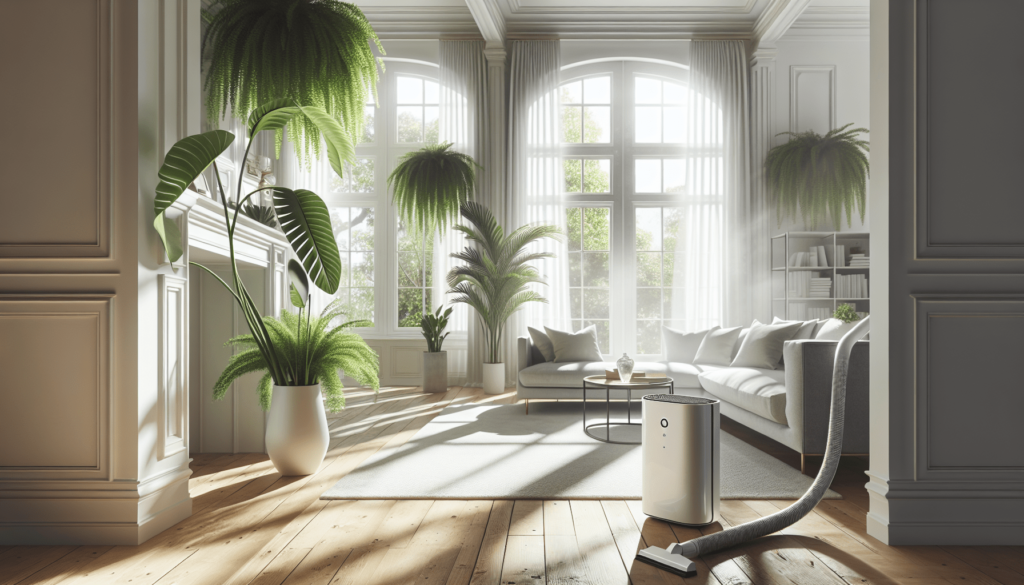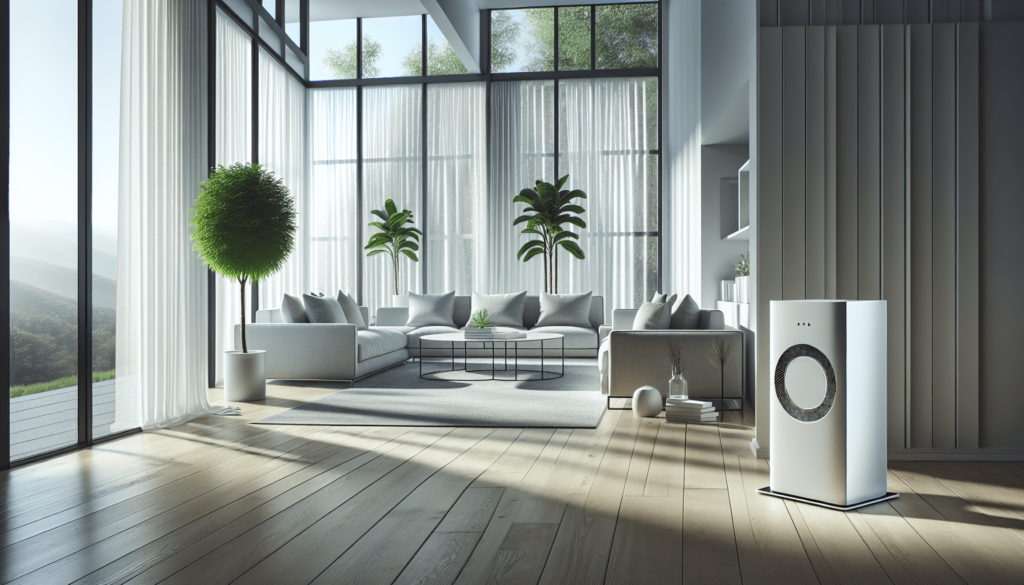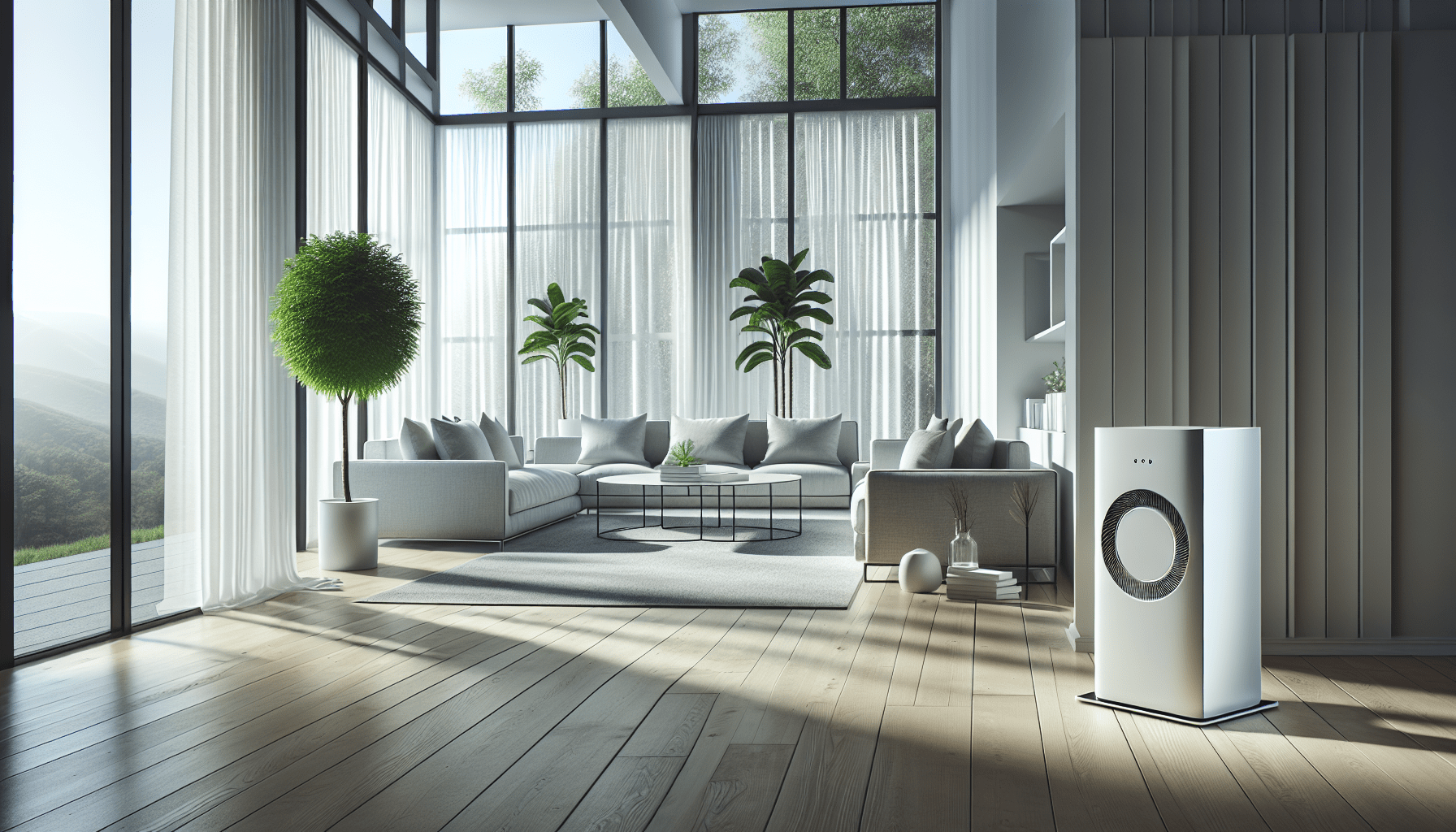Have you ever found yourself sneezing, sniffling, or even struggling with itchy eyes, all while you’re in the comfort of your own home? If this sounds familiar, it might be time to think about how your living area could be affecting your allergies. Refreshing your living area for allergy relief can make a significant difference in your quality of life. Let’s walk through some helpful tips to manage allergens in your home and create a healthier, more comfortable environment for you and your loved ones.

Understanding Common Allergens
Before diving into solutions, it’s important to know what might be causing those pesky allergy symptoms. Common indoor allergens include dust mites, pet dander, mold, pollen, and even certain chemicals in household cleaners. Knowing your specific triggers can guide you in making targeted changes.
Dust Mites: Invisible Invaders
Dust mites are microscopic creatures that thrive in warm, humid environments. They live in bedding, upholstery, and carpets, feeding off dead skin cells. Reducing their numbers can make your living area much more comfortable.
Pet Dander: Furry Friends and Allergy Foes
If you have pets, their dander (tiny skin flakes) can be a major allergen. Pet dander can linger in the air and settle on furniture, causing a range of symptoms from sneezing to asthma attacks.
Mold: Hidden Moisture Menace
Mold spores can float in the air and settle on damp surfaces. Bathrooms, basements, and kitchens are common hotspots. Mold can cause respiratory issues and exacerbate asthma symptoms.
Pollen: Nature’s Persistent Visitor
Though typically associated with the outdoors, pollen can easily make its way into your home through open windows, doors, and even on your clothing. Once inside, it can settle on furniture and floors, continuing to trigger allergies.
Chemicals: Unseen Offenders in Cleaners
Certain cleaning products contain chemicals that can irritate your respiratory system and worsen allergy symptoms. Opting for greener, natural alternatives can reduce these risks.
Steps to Refresh Your Living Area for Allergy Relief
Now that you know what you’re up against, here are some practical steps to refresh your living area and reduce allergens.
Regular Cleaning Routine
Maintaining a regular cleaning schedule is one of the most effective ways to keep allergens at bay. Pay special attention to high-traffic areas and places where dust tends to accumulate.
Dust and Vacuum Frequently
Use a vacuum with a HEPA (High-Efficiency Particulate Air) filter to trap smaller particles. Make sure to vacuum carpets, rugs, and upholstered furniture at least once a week.
Damp Dusting
Instead of using a dry cloth, use a damp or microfiber cloth to dust surfaces. This will help trap allergens rather than simply stirring them up into the air.
Control Humidity Levels
Dust mites and mold thrive in humid conditions. Keeping your home’s humidity level between 30% and 50% can make a big difference.
Use a Dehumidifier
A dehumidifier can help keep humidity levels in check, especially in damp areas like basements and bathrooms.
Air Conditioners
Air conditioners not only cool your home but also reduce humidity levels. Make sure to clean or replace filters regularly.
Wash Bedding and Upholstery
Your bedding and upholstered furniture can harbor dust mites, pollen, and pet dander. Regular washing can help minimize these allergens.
Hot Water Wash
Wash sheets, pillowcases, and blankets in hot water (at least 130°F) to kill dust mites. Aim to do this once a week.
Hypoallergenic Covers
Invest in hypoallergenic mattress and pillow covers to create a barrier against dust mites.
Minimize Clutter
Clutter can trap dust and make cleaning more difficult. Keeping your living area tidy can significantly reduce allergens.
Organized Storage
Use storage bins and organizers to keep items neatly arranged and minimize dust accumulation.
Declutter Regularly
Doing a decluttering sweep every few months helps keep allergens in check and makes cleaning more manageable.
Replace Carpets
While carpets add comfort and warmth to your home, they can also trap allergens.
Hardwood or Tile Flooring
Consider replacing carpets with hardwood or tile flooring, which are easier to clean and less likely to harbor allergens.
Area Rugs
If you prefer the comfort of carpets, opt for area rugs that can be easily removed and cleaned.
Use HEPA Filters
In addition to using a vacuum with a HEPA filter, consider investing in air purifiers with HEPA filters.
Air Purifiers
Place air purifiers in common living areas and bedrooms to trap airborne allergens and improve air quality.
HVAC Systems
Ensure your HVAC system has a HEPA filter and that it’s regularly maintained.
Pet Care
If you have pets, there are steps you can take to minimize their impact on your allergies.
Regular Grooming
Brush and bathe your pets regularly to reduce dander. Consider doing this outdoors to prevent allergens from spreading indoors.
Pet-Free Zones
Designate certain areas of your home, like bedrooms, as pet-free zones to reduce allergen exposure.
Ventilation
Good ventilation can help remove allergens and improve air quality. Opening windows and using exhaust fans can make a big difference.
Kitchen and Bathroom Fans
Use exhaust fans in the kitchen and bathroom to remove moisture and prevent mold growth.
Open Windows
When outdoor pollen counts are low, open windows to allow fresh air in and help ventilate your home.
Natural Cleaning Products
Switching to natural cleaning products can reduce your exposure to chemicals that may exacerbate allergy symptoms.
DIY Cleaning Solutions
You can make effective cleaning solutions using ingredients like vinegar, baking soda, and lemon juice.
Eco-Friendly Brands
Many brands offer eco-friendly and hypoallergenic cleaning products that are safer for allergy sufferers.
Creating Allergy-Friendly Zones
Certain areas of your home may require more focus to make them truly allergy-friendly. Let’s look at specific rooms and the steps you can take.
Bedroom: Your Sanctuary
Since you spend a significant portion of your time in the bedroom, it’s crucial to make this space as allergy-free as possible.
Mattress and Pillows
Use hypoallergenic covers on mattresses and pillows to prevent dust mites from settling in.
Minimalist Décor
Keep décor to a minimum to reduce dust accumulation. Opt for simple, easy-to-clean items.
Living Room: Gathering Space
The living room is where you relax and entertain, making it another key area to focus on.
Upholstered Furniture
If possible, choose furniture with leather or vinyl coverings that can be easily wiped down.
Plants
While houseplants can improve air quality, some may contribute to mold growth. Opt for low-allergen plants like spider plants or succulents.
Kitchen: Cooking and Comfort
The kitchen can be a hotspot for mold and other allergens due to moisture and food particles.
Clean Regularly
Wipe down surfaces, and clean sinks and appliances regularly to prevent mold and bacteria buildup.
Proper Storage
Store food in sealed containers to prevent attracting pests, which can contribute to allergens.
Bathroom: Moisture Management
Bathrooms are prone to mold and mildew due to high humidity levels.
Use Exhaust Fans
Run exhaust fans during and after showers to reduce humidity and prevent mold growth.
Clean Grout
Regularly clean grout and tiles to prevent mold and mildew buildup.
Habits for Sustained Allergy Relief
Consistency is key when it comes to maintaining an allergy-free living area. Here are some habits to adopt for ongoing relief.
Regular Maintenance
Schedule regular cleaning and maintenance tasks to keep allergens at bay. Set reminders if needed.
Monitor Humidity
Keep an eye on humidity levels using a hygrometer. Adjust your dehumidifiers and air conditioners as needed.
Stay Informed
Keep yourself updated on pollen counts and take preventive measures like closing windows or showering after being outdoors.
Healthy Lifestyle
A healthy lifestyle, including regular exercise and a balanced diet, can improve your overall well-being and help manage allergy symptoms.

Common Mistakes to Avoid
Even with the best intentions, some habits might be counterproductive. Here are common mistakes to avoid.
Overuse of Air Fresheners
Many air fresheners contain chemicals that can irritate your respiratory system. Opt for natural alternatives like essential oils.
Ignoring HVAC Maintenance
Regularly replacing HVAC filters and scheduling professional maintenance is crucial for maintaining air quality.
Skimping on Vacuum Quality
Using a subpar vacuum can do more harm than good. Invest in a high-quality vacuum with a HEPA filter for the best results.
Ignoring Bedding
Failing to regularly wash and cover your bedding allows dust mites to thrive. Stick to a regular washing routine.
Conclusion
Refreshing your living area for allergy relief involves a combination of thorough cleaning, mindful choices, and consistent habits. By understanding common allergens and adopting practical strategies, you can create a healthier, more comfortable home environment. Small changes can lead to significant improvements in your quality of life, making your home a true sanctuary free from allergy discomfort.
